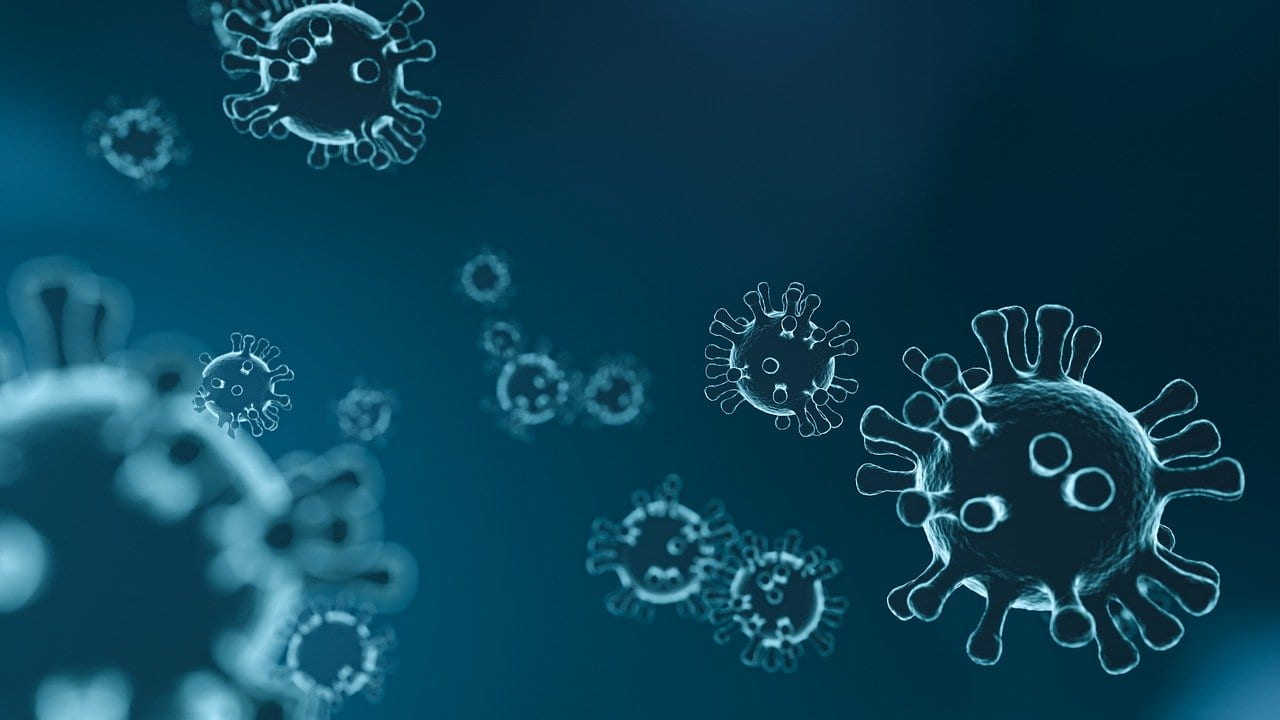Special schools: still open and providing a lifeline for the most vulnerable
By Blog Editor, IOE Digital, on 14 July 2020

14 July 2020
By John Vorhaus
Covid 19 presents extraordinary challenges for schools. Children with disabilities are amongst the most vulnerable pupils – and none more so than children whose disabilities are multiple and profound. What makes these children especially vulnerable is that they are often immunocompromised and their complex health needs require constant, close attention and physical contact. I have been speaking with three heads and assistant head teachers about their experience of running special schools in London during the pandemic. Names have been changed to preserve anonymity.
When the news first broke that schools would be closing in March Anita Ward, Diana Clarke and Helen Shapiro each faced a similar problem: Government announcements were principally aimed at mainstream schools, and very little attention was initially given to special schools – schools for severely and profoundly disabled children: how would they be expected to adapt so as ensure that extremely vulnerable children were kept safe and well?
In 2018 10,032 children were identified as having profound and multiple learning difficulties (PMLD), most of whom were boys. Children with PMLD were more likely to be eligible for free school meals than children without identified special educational needs: 13.6% of pupils of state-funded schools were eligible for free school meals, as compared with 28% of children with PMLD. In 2015/16 almost half of pupils with PMLD – 4,860 – were children in need or looked after children. In recent years about 80% of pupils with PMLD have been educated in special schools, 15% in maintained primary schools and 3% in maintained secondary schools.
The announcement that all children with an Education, Health and Care Plan (EHCP) were entitled to continue to go to school during lockdown applied to all children in special schools, since they have all have an EHCP. At the same time, many of the school staff teams have underlying health conditions and were shielding themselves or members of their own families. It would not have been possible to keep the schools open safely if all children opted to attend. In the event, most parents chose to keep their children at home.
On March 18th, Anita Ward’s school reported its first confirmed case of Covid-19 amongst the pupils, and shortly afterwards the young girl passed away. The decision was made to close the school: many of the children were considered as too vulnerable; social distancing was deemed impossible for those students with no conception of personal space; and staff would be unable to avoid close physical contact if they were to provide the practical and educational support that pupils need.
Diana Clarke’s school remains open, although social distancing represents a huge problem: trying to social distance is a nonsense – “try telling our children who are developmentally like 3 year-olds that they can’t ask for a cuddle or give you a sloppy kiss”. And how to comply with the 20 second handwashing rule when some children are water averse?
Helen Shapiro’s school is open too, and she found that many of her pupils were a lot more resilient than she had expected: “Frankly we underestimated them. They have got into the Covid-19 routine – through the door they must have their temperature, and they now skip through the door, lean forwards and wait for the beep.” The children now try to wash their hands more regularly and accept that when they have their pads changed the staff will be wearing PPE. Helen refused the wearing of masks: “This would distress the children or fascinate them so much that they wouldn’t leave our faces alone.”
Head teachers are especially concerned with how families are coping with their children at home; many parents are genuinely scared for their children and will keep them home at any cost. Parents at Helen Schapiro’s school all live in a deprived neighbourhood – high rise flats, no balconies or gardens. Even though Helen’s school is open, most of the children – 91 out of a total of 116 (78%) – are staying away, and anecdotal evidence suggests that this is a typical figure for special schools. For their parents, often single mothers, keeping children at home is especially challenging – “no child-care, no clubs, no swimming, no climbing frames, no trampoline parks, no sports activities, no cinema”.
Helen explains that home learning is challenging too: “Classroom teams, internet lessons and workbooks are all very well if offered to children who are verbal, literate and cognitively able. But it is very difficult to find resources to help children at home make play dough when flour is not available, or to offer sensory activities to children when even basic equipment is not available”.
Some parents have carers who visit their children in their homes, although several parents have now asked their carers to stop visiting so as to avoid the risk of contamination. Parents often have the support of nurses, who administer overnight suctioning and other specialist health care. This cannot be paused without putting children’s lives at risk, and, in any case, families are simply not able to carry out round-the-clock care without some respite.
Lots of uncertainty, some positives, some negatives. Perhaps the most familiar message combines a big negative with a big positive: the impact of covid 19 is exacerbating existing inequalities, with the poorest and most disadvantaged parents facing the most severe challenges at home, whilst special schools continue to provide a life-line for parents who would otherwise find the complex demands of caring for children in need of round-the-clock care almost too much to carry on their own.
Image by mattthewafflecat from Pixabay
 Close
Close



